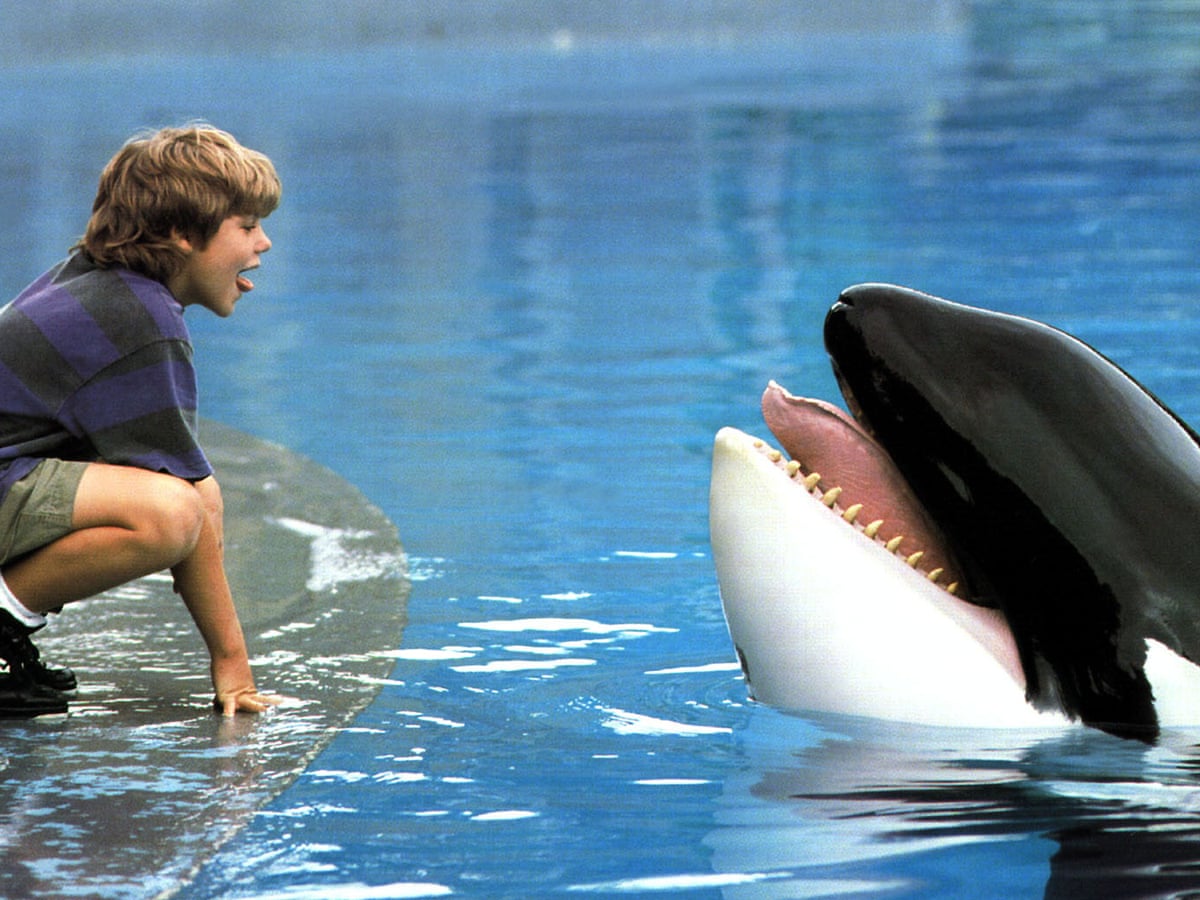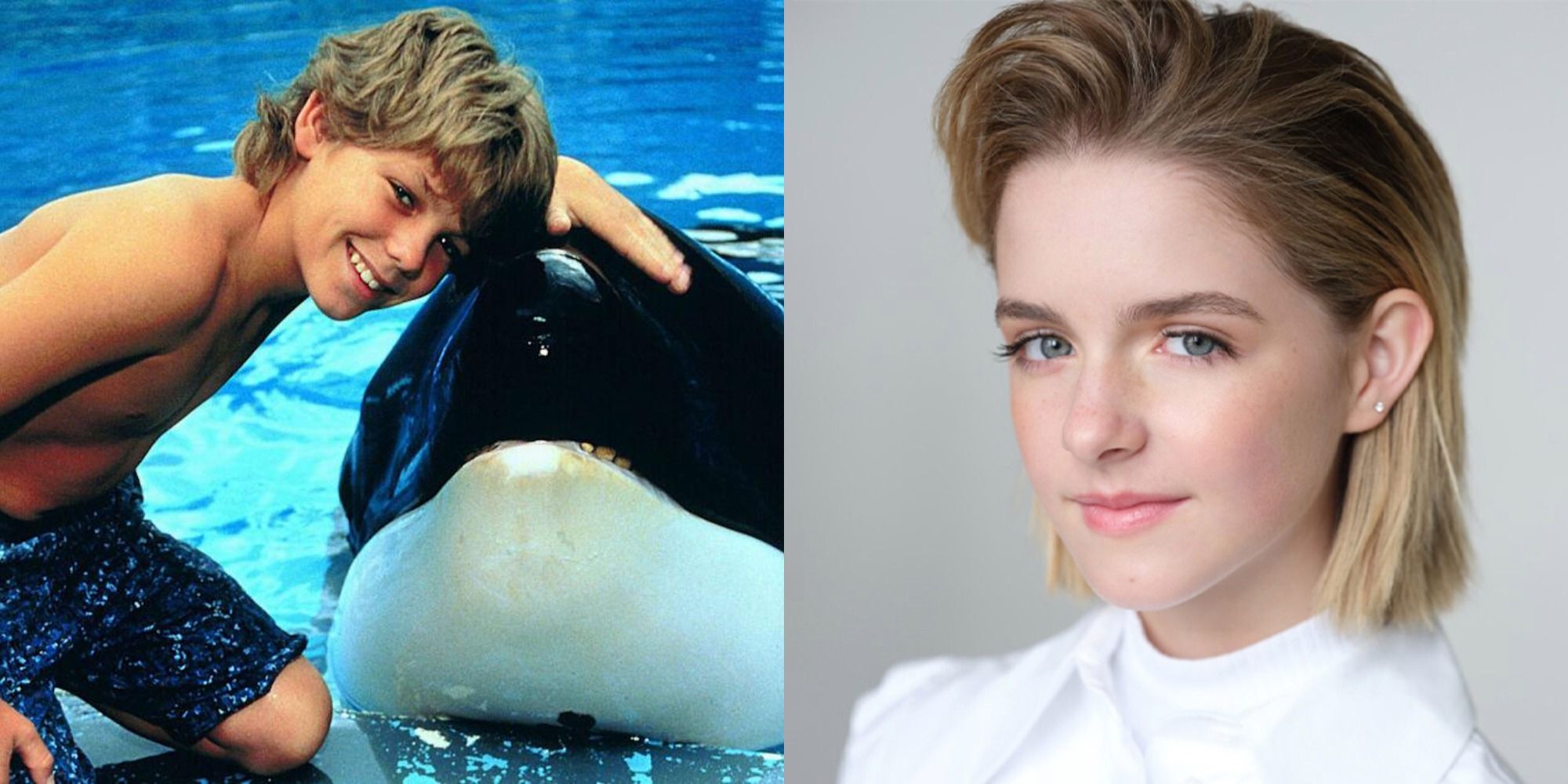“Free Willy” is a heartwarming tale of friendship, freedom, and redemption. The story centers on Jesse, a troubled 12-year-old boy who has been bouncing around foster homes and is caught vandalizing a marina. As part of his rehabilitation, he is assigned to clean up the graffiti at the local aquatic park. There, Jesse encounters Willy, a young orca whale captured from the wild and held in captivity for a marine show.

At first indifferent, Jesse gradually forms a deep bond with Willy, recognizing a kindred spirit in the whale, who is also isolated and struggling to adapt. The whale, unwilling to perform, has become an economic burden to the park. Jesse’s connection with Willy transforms him; he becomes more responsible, warms up to his foster parents Glen and Annie, and begins to find purpose.

The bond between Jesse and Willy becomes a central point of the narrative. Jesse discovers that the park’s owners, motivated by insurance money, are plotting to kill Willy and stage it as an accident. Devastated, Jesse devises a daring plan with the help of his foster parents and park staff, including whale trainer Rae and Native American keeper Randolph, to return Willy to the ocean.

In the film’s iconic climax, Jesse and his allies transport Willy to the marina. With authorities closing in and time running out, Jesse leads Willy to freedom. In an unforgettable moment, Jesse encourages Willy to leap over a breakwater wall to reach the open sea — a scene that has become emblematic of 1990s cinema.
“Free Willy” is not just a story about a boy and a whale, but also a narrative of personal growth, environmental awareness, and the unbreakable connection between humans and animals. It highlights themes of empathy, resilience, and the fight against exploitation. The film’s message about wildlife conservation, particularly the plight of captive marine animals, resonated strongly with audiences and led to real-world activism for orca welfare.
The movie was both a commercial and critical success and spawned several sequels, as well as inspiring a global movement to release the whale that played Willy, Keiko, back into the wild.



